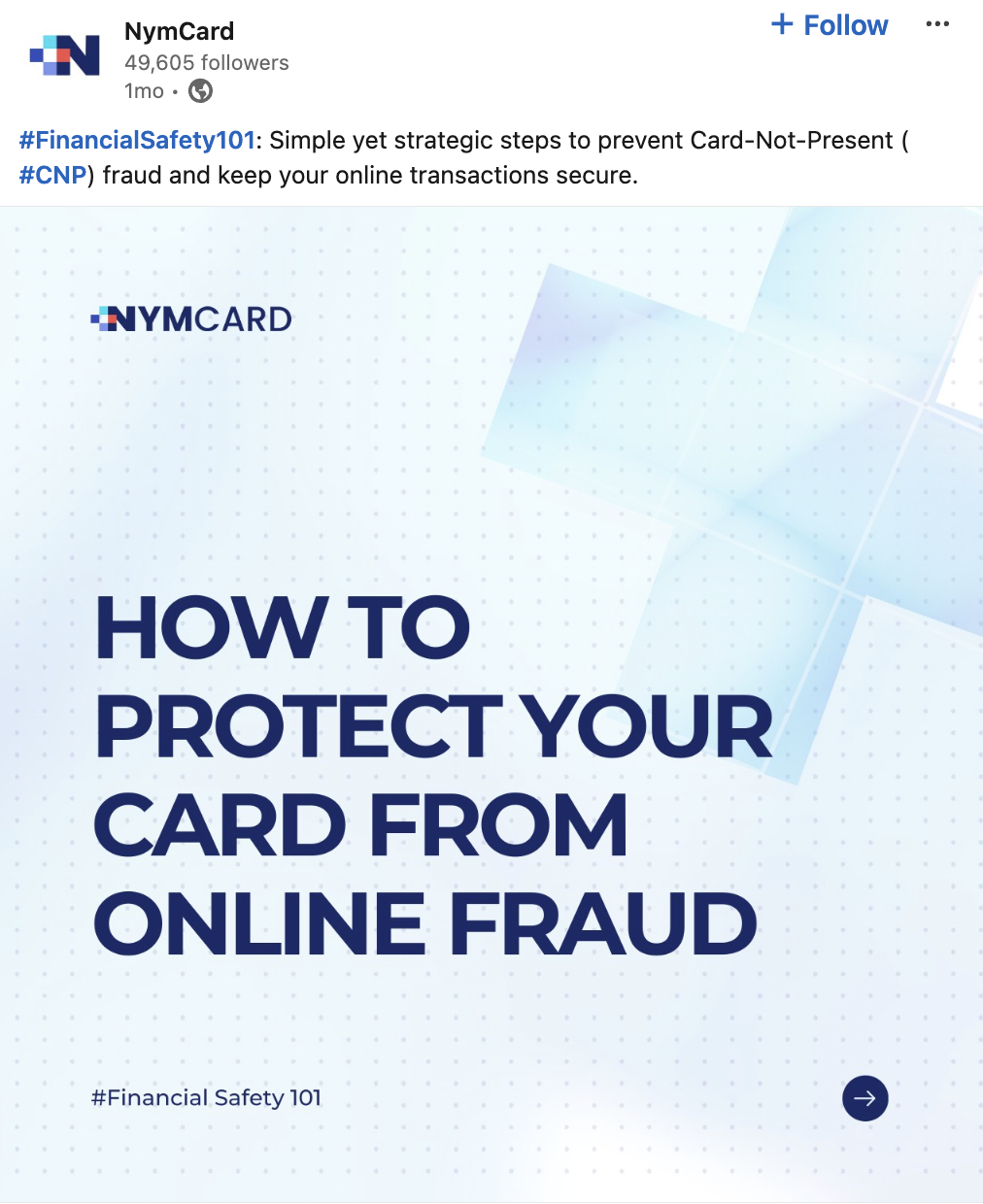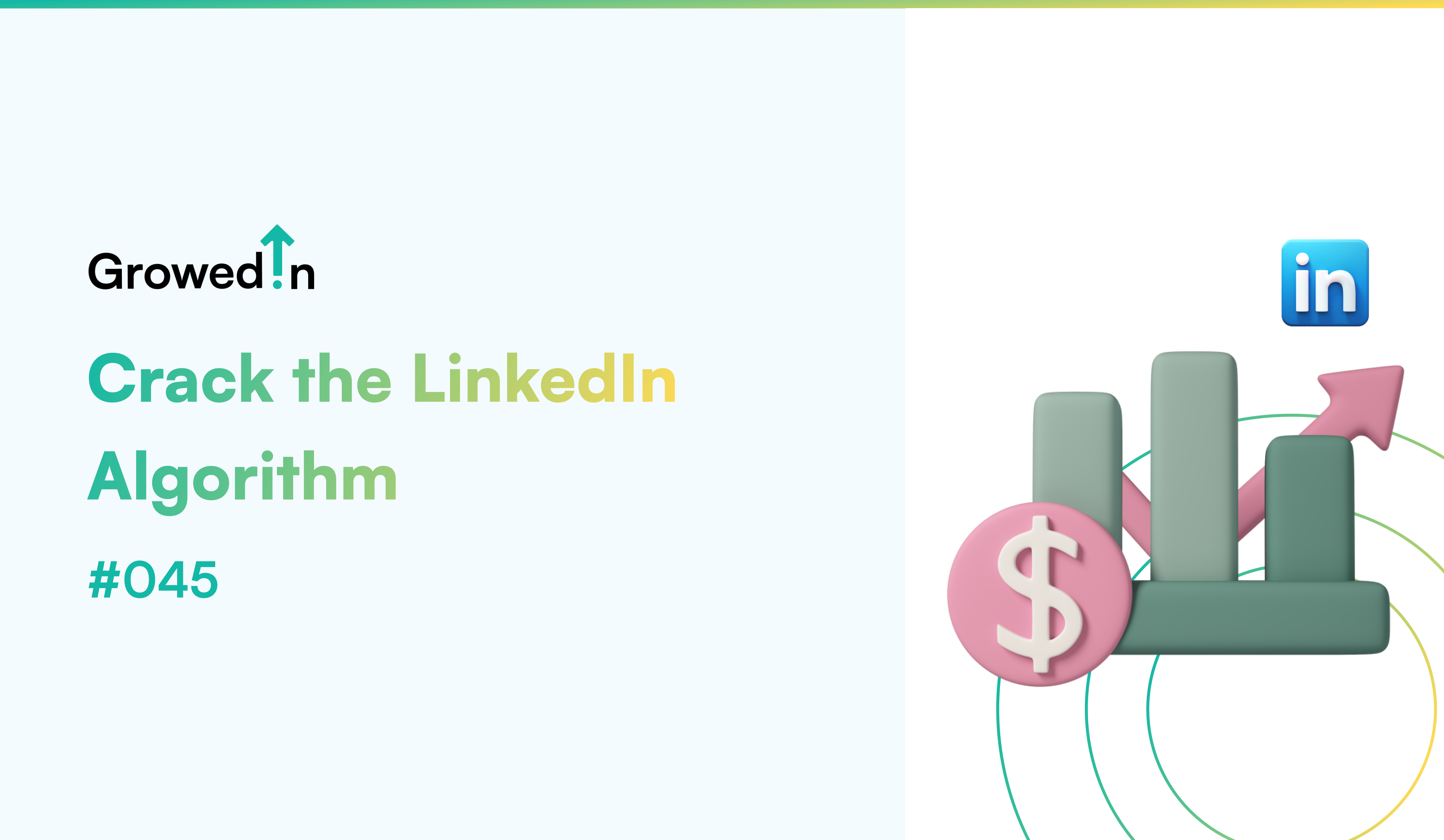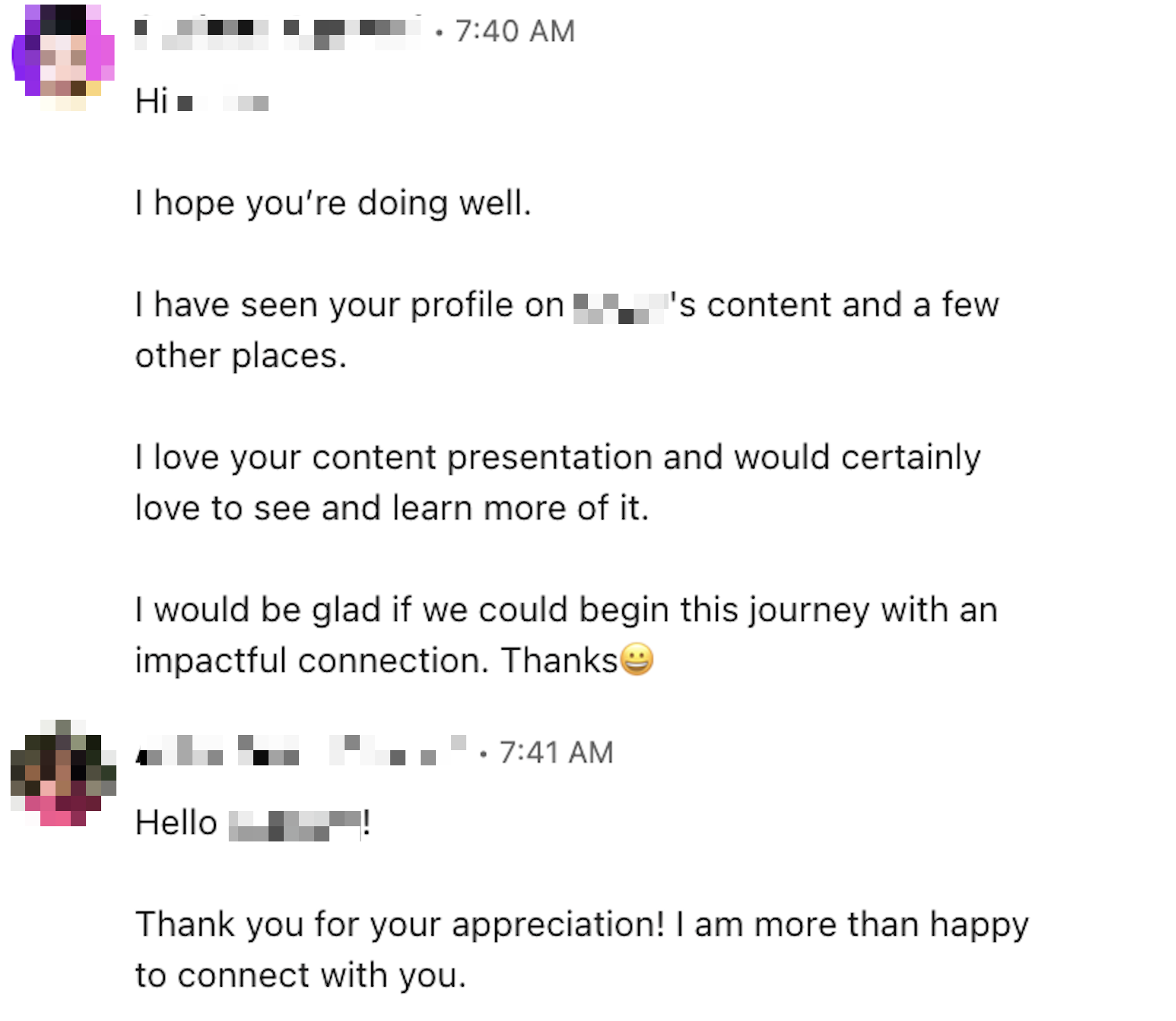#067 - 7 LinkedIn Personal Branding Red Flags
Personal branding on LinkedIn is booming, but so is the number of people doing it wrong. While everyone wants to be a thought leader, some are just leading people to hit “Unfollow” instead.
Today, we're calling out the biggest LinkedIn red flags that might be hurting your brand instead of building it. If you see yourself in any of these, don’t panic—just fix it.
1. Using Too Much AI Without Personalization

AI is a great assistant, but if your posts sound like they were written by a chatbot with no real-life experience, that’s a problem.
Why it’s an issue: AI-generated content tends to be generic, overly safe, and lacks personality. If it reads like something anyone could have written, it won’t stand out.
What to do instead: Use AI to help structure ideas, but rewrite everything in your own voice. Add opinions, personal experiences, and even imperfections—because that’s what makes content feel human.
2. Using Corporate Jargon Instead of Clear Language

“We’re leveraging strategic synergies to drive scalable solutions.”
What does that even mean?
Why it’s an issue: Overloading your posts with industry jargon makes them difficult to read. Worse, it makes you sound like a corporate press release.
What to do instead: Write like you talk. If you wouldn’t say it in a casual conversation, don’t say it in a post. Clarity beats complexity every time.
3. Only Posting About Your Own Wins

It’s great to celebrate achievements, but if every post is a humblebrag, it can feel self-serving.
Why it’s an issue: People follow you to learn from you, not just to watch your highlight reel.
What to do instead: Share your wins, but frame them in a way that teaches something. Instead of writing, “Honored to be featured in XYZ,” explain what you learned along the way or how others can achieve similar success.
4. Showing Up Only Once in a While

If you post once every three months, LinkedIn probably thinks you’ve quit.
Why it’s an issue: The LinkedIn algorithm favours consistency. If you disappear for too long, even your best content won’t reach as many people when you return.
What to do instead: You don’t need to post daily, but posting two to three times a week keeps your audience engaged without overwhelming you.
5. Commenting Without Adding Any Real Thought

If your comments could be copy-pasted onto any post (“Great insights!” or “Thanks for sharing”), they’re not helping you stand out.
Why it’s an issue: Comments are mini thought-leadership posts. If yours don’t contribute to the discussion, they won’t build your credibility.
What to do instead: Share a quick takeaway, ask a follow-up question, or challenge an idea. Comments should feel intentional and valuable, not just serve as an engagement tactic.
6. Trying Too Hard to Be Controversial

Hot takes get attention, but if your opinions are designed just to be provocative, people will catch on.
Why it’s an issue: If you’re always stirring the pot without backing it up with substance, you’ll come across as disingenuous.
What to do instead: Share bold opinions, but make sure they’re rooted in experience and insight. If you’re making a strong statement, be ready to support it with logic, examples, or personal experience.
7. Posting Without Offering a Takeaway

If someone reads your post and doesn’t learn something new, why would they keep coming back?
Why it’s an issue: People don’t engage with content just because it exists—they engage because it adds value.
What to do instead: Before you hit “Post,” ask yourself: “What’s the takeaway here?” If it’s just a generic thought with no real insight, refine it.
Takeaway
Building a strong personal brand on LinkedIn requires more than just being present. It’s about being intentional and adding real value.
The best brands aren’t built on engagement hacks or AI-generated fluff. They come from authenticity, clarity, and real value.
If you’ve spotted one or more of these red flags in your content, don’t worry—you’re ahead of 90% of LinkedIn just by being aware.
Which red flag are you cutting out first?














.png)
















































































































































































































